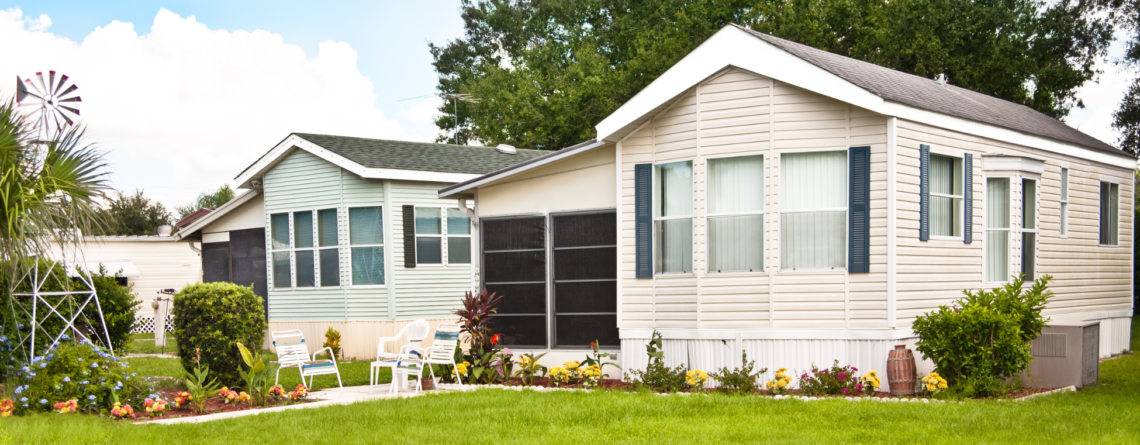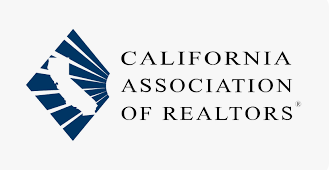Mobile, Manufactured, and Modular—What’s the Difference?
I was recently asked, “What is the difference between a mobile, manufactured, and modular home?” Turns out that even after 40 years in real estate, some questions still stump me. So, I did a little homework. Whether you are considering buying one of these to use as your primary residence or investing in one, it’s important to know the difference.
Mobile homes are the structures you think of when you think of a mobile home park. They are typically built in factories and then transported to a property where they are setup. Sometimes they’re built on a metal frame instead of a crawlspace or basement, and some use tie downs instead of a permanent foundation. Here’s the thing to remember: the term “mobile home” only refers to those built before 1976.
Mobile homes built after 1976 are called manufactured homes to mark the time when these structures began adhering to stricter building codes with higher safety standards. In 1974, Congress passed the National Mobile Home Construction and Safety Standards Act and in 1976 the standards were incorporated into the Housing and Urban Development code. Just to keep it clear in everyone’s mind, the Housing Act of 1980 mandated that the term “manufactured” be used in place of “mobile” in all federal laws and literature.
Modular homes are different altogether. They are often delivered in two or more pieces and put together on site. They are usually built on crawlspaces or basements, and they look a lot more like traditional (or what we call “stick-built”) homes—homes built with two-by-fours. Modular homes must comply with state and local building codes.
Because of the building code differences between manufactured and modular homes, lending guidelines are different. There are few if any loans for mobile homes. For manufactured homes, there are special loans through FHA, Fannie Mae, Freddie Mac, and the VA.
For FHA loans, you must own the land where your manufactured home will be placed (and you must have a HUD label that proves it was built on or after June 15, 1976). The structure must be a single-family dwelling, be at least 400 square feet, and be on a permanent chassis. And once it’s transferred from the factory to the site, it cannot be moved again.
Fannie Mae offers a loan called the MH Advantage mortgage. Like the FHA loan, people must own the manufactured home as well as the land where it sits. This loan only requires a 3 percent down payment, but it does have some restrictions. The structure must be at least 12 feet wide with a minimum of 600 square feet and attached to a permanent foundation. It also must have an MH Advantage sticker that guarantees it has many of the same characteristics as a stick-built home.
Like Fannie Mae, Freddie Mac is another government-sponsored enterprise. However, Freddie Mac loans do not require borrowers to live in the manufactured home. It can be used as an investment property. Borrowers do have to own the land and must make a down payment of at least 5 percent, but they can choose from a fixed-rate mortgage or an adjustable-rate mortgage.
VA loans are available for manufactured homes that will be attached to a permanent foundation on land that is already owned by the borrower or can be financed in the Department of Veterans Affairs (VA). VA loan restrictions include some odd terms. Instead of 15 or 30 years, they are 15 years and 32 days or 23 years and 32 days (among others).
Lending for modular homes is basically like lending for traditional (stick-built) homes. It’s best to talk to a loan broker to figure out which loan would work best for you.
If you have questions about getting into real estate, please contact me at rselzer@selzerrealty.com or call (707) 462-4000. If you have an idea for a future column, share it with me and if I use it, I’ll send you a $25 gift certificate to Schat’s Bakery. Dick Selzer is a real estate broker who has been in the business for more than 40 years.






